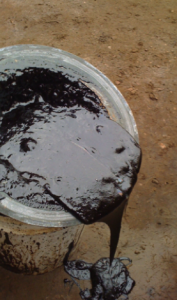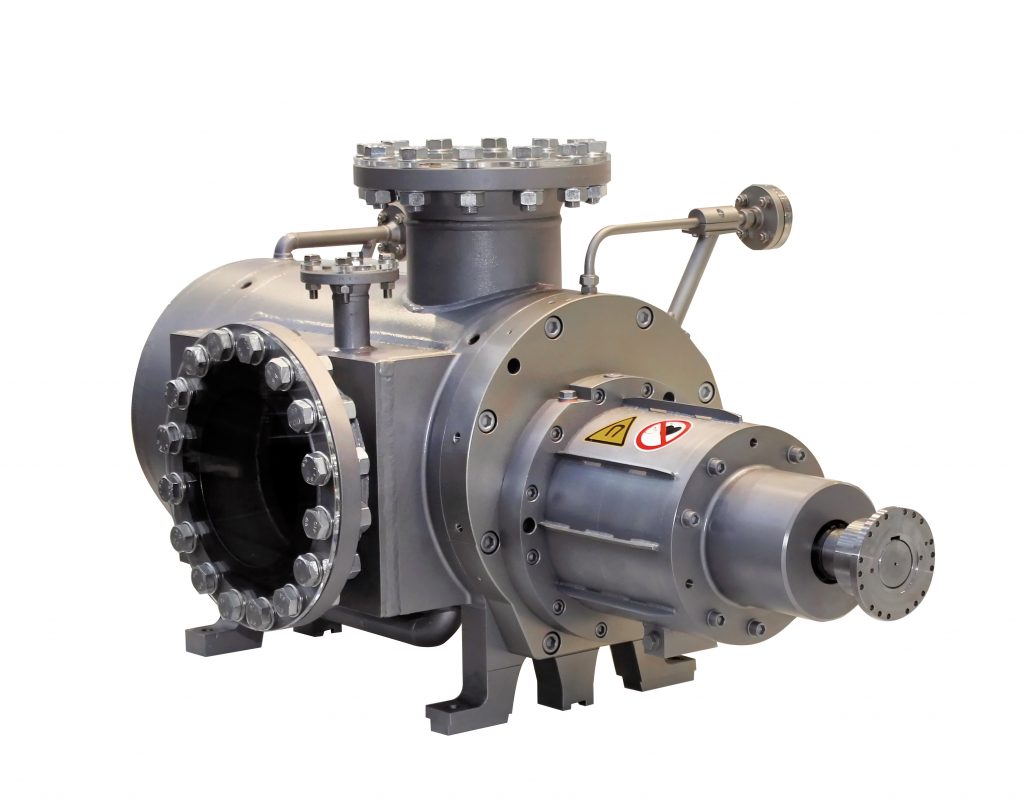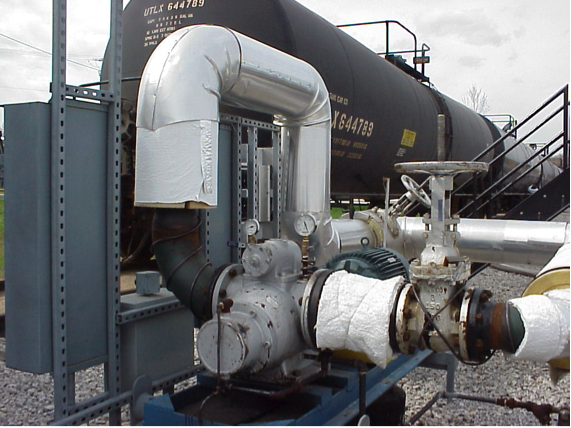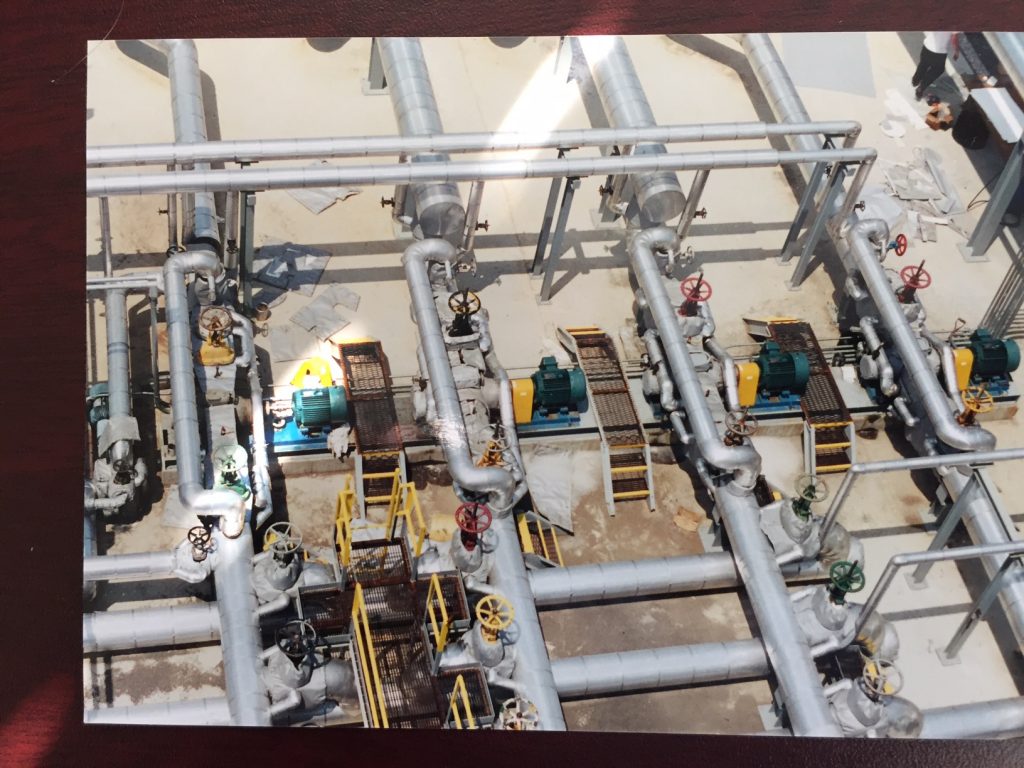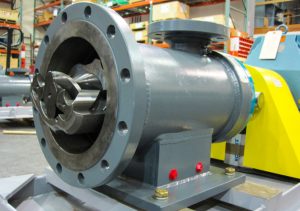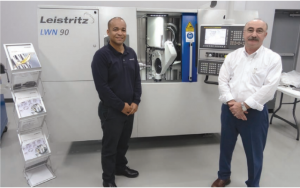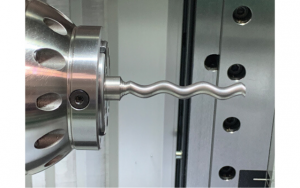Author: Sven Olson, Sr. Consultant
One of the more used and traded commodities in the world is asphalt and related varieties of asphalt. Going all the way back in time to the tar pits used by the Athabasca Indians in Canada to seal their canoes, the asphalt under different names and appearances has wide use in infrastructure and industrial applications. The typical examples are with paving of roads and driveways where the asphalt after mixing with aggregate in a hot-mix plant provides a weather and wear resist surface. It is also widely used in construction products, like roof shingles and tar paper, to water proofing and sealing compounds.
As the world population grows, and simultaneously people’s standard of living continues to improve, it is expected that the demand for asphalt products will accelerate for building construction, road construction and transportation infrastructure improvements. The increased demand will take place not just in the industrial world but is expected to grow even faster in developing countries where the starting point is further back and there is a lot of catch up to do.
In addition, there will be a growing supply available when other users of heavy hydrocarbons (such as fuel in the marine and power generation industries) will switch to natural gas and distillates in order to comply with more restrictive emission standards. The manufacture, storage and distribution of asphalt products will follow the demand, which in turn should encourage manufacturers of equipment like pipe, insulation material, heaters and pumps. This article will focus on the pumping aspect and review technologies that helps to improve safe and economical handling of asphalt products in pipelines and terminals.
Asphalt pumping
The name asphalt used in the article should be understood also to cover related or overlapping products such as Bitumen, Pitch, Residue, Tar and Asphalt Emulsion. They have many similarities and have all derived from petroleum production either as products coming off the crude oil refining process or as raw bitumen direct from well extraction or from mining. The density of asphalt products is close to that of water and in most cases behaves as a Newtonian fluid, which means its dynamic or flowing viscosity is related to temperature. However, some bitumen can appear as a non-Newtonian fluid when emulsified with water or air, where it is called bitumen froth. It is contrary to Newtonian fluids as agitation and shearing of the liquids will cause a change in dynamic viscosity.
The characteristics of asphalt and related products require pumps that are designed to efficiently transfer and circulate the fluids, often with very challenging operating conditions. The typical pumping scenario can require the pump to handle fluids with high temperature (often in excess of 200C) high viscosity during cold start, entrainment of air and gas in the pump flow, solids and impurities and slugs of cold product. Simultaneously to safeguard continuous and reliable operation, complying with all HSE related aspects, together with demand for low energy and maintenance costs, limits the choice of pump technology for the operator. In some few installations rotodynamic (centrifugal) pumps are used typically because of low purchase price. To get anywhere close to acceptable efficiency the fluids needs to be heated excessively to bring the viscosity down. This results in high cost for energy both for heating and powering the pump. In addition, due to the limited suction ability of the centrifugal pump, longer stripping time of tanks and pipelines is an obvious disadvantage. As a result the higher costs for operating these pumps often outweighs the lower purchase price.
Positive displacement pumps
More common is to use rotary positive displacement pumps such as screw pumps, gear pumps or vane pumps. Gear and vane pumps have operational limitations, however, they are economical when used in smaller sizes where they can operate directly connected to an electric motor without a speed reducer.. Once the pump size gets larger, the pump speed must be reduced (typically by installing a gearbox) in order for the pump to operate properly. They are also limited in suction pressure and, since the rotors are not hydraulically balanced, wear plates are used to protect against axial thrust, which increases maintenance. Not uncommon is broken gears or vanes due to cold start when the pump is filled with asphalt. The positive displacement technology represented by the screw pump is the best suited for handling asphalt and the related products.
The pumping principle of the screw can be visualized as a pump having a “piston” with infinite stroke. The screws drive the liquid continuously without pulsation, agitation or shear against the backpressure generated by the flow resistance in the piping system and the static lift. In the screw pump, the liquid enters the suction end of the screw profile and fills the cavities formed as the screws rotate. The rotation of the screws then gently moves the liquid trapped in the cavities axially from suction to discharge to meet the discharge pressure. The internal velocity of the screw pump is low and the closing and opening of each cavity is gradual which contributes to a smooth flow without pulsations and also a lower sound level. It also contributes to the very high suction lift capability with viscous fluids and means no stripping time is lost when emptying tanks and pipe lines even if air or gas is present in the suction line.
The two models mostly used by Leistritz for asphalt pumping are shown in the illustrations below. Both these screw pumps are very simple in design with few moving parts and an efficient hydraulic balancing system eliminating the needs for wear plates or thrust bearings. The rotors are in rolling contact with each other as opposed to sliding contact, which saves on wear and maintenance. The support of the rotors is done by bushings where a positive flow of liquid from high to low pressure areas efficiently lubricates and cools the bushings.
Additionally, spiral grooving of the bushings is done to add to the liquid wedge supporting the rotor. The rotors are made carbon steel, which is finished ground and hardened using gas nitration for wear protection. Contrary to twin-screw pumps with external bearings, only one shaft seal is used instead of four seals. Depending on markets and applications, different types of seal arrangements are used. Not uncommon in asphalt applications is the heated and jacketed stuffing box, which is simple to maintain and less stressed in a cold start. However many operators prefer the mechanical seal option also with heating jacket and in some cases in double seal configuration with a heated seal flush API plan 53 B or C option. Standard with the pumps is an integral relief valve for over pressure protection and jacketing and heat tracing of the pump body and seal area.
Installation and operation
The driver is in most cases an inverter duty electric motor connected to a variable speed drive. As the speed is directly related to the flow of the pump, this arrangement helps the operator to control pumping with pumps running in parallel and to optimize the flow during cold start or line and tank stripping. Other features include steam or hot oil jackets for keeping the pump heated when idle. A heat traced pack box or mechanical seal is often used to facilitate cold start up. Monitoring is traditional with temperature and pressure alarm protection. Vibration monitoring is sometimes a good complement to detect an early problem. An important lesson is to run the piping without causing unwanted stress on the nozzles and pump casing. This is often done using expanders or flex joints on the suction as well on the discharge piping. The alignment of the driver and flexible shaft coupling is essential to relieve any harmful radial load on the pump or motor bearings. The coupling manufacturer’s permissible misalignment instructions should be followed while doing cold, as well the more important hot, alignment.
Applications
The pump serves in many different applications in the plant, tank storage and pipeline systems. Most known services include loading/unloading of rail cars, barges and ships. In the plant the use include forwarding, heating, circulating and transfer of market grade asphalt as well as of pitch, residue and bitumen in different grades as finished product. Some pump installations are tailored for trunk and lateral pipelines handling diluted/heated bitumen connected to over 1 MW size drivers. The biggest challenge here is to get a pipeline flowing again after being shut in or a loss of heating. The screw pump offers the flexibility and ruggedness needed to make this happen time after time.
Summary
The expected growth in demand for asphalt and related products is a welcome sight for pump producers as well as other suppliers of equipment for pipelines and terminals. It has always been a demanding task to provide durable pumps for this difficult application, and with today’s stricter requirements for safe, reliable and economical operation, it has gotten even more challenging. The positive displacement pump, and especially the screw pump, has the inherent technical features to meet the demand. The simplicity and ruggedness of the Leistritz L2 and L5 series pumps, which are unique in the pump market, can be an essential contributor for successful operation in the upcoming growing asphalt market.

